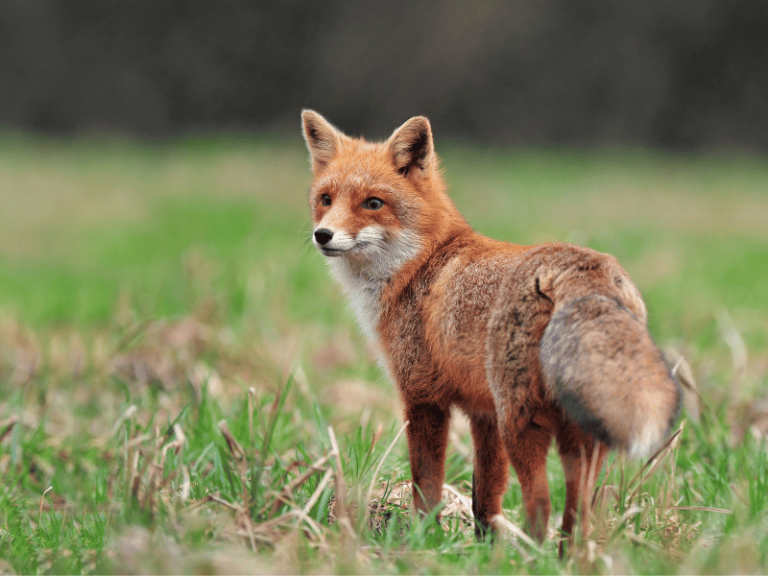The fox is a valuable fur-bearing animal widely distributed throughout China and is a target of hunting. It is a carnivorous animal with a pointed snout, slender body, and a large bushy tail. Compared to tigers, cats, bears, and wolves, it lacks strong physical abilities for hunting, so it acts cautiously and often uses methods like theft to capture birds, rabbits, and mice for food. Due to its predatory nature, its sensory organs and nervous system are well-developed, making it agile and alert, which is an adaptation to its living environment.
Foxes do not have fixed dwellings; they usually live alone in the roots of large trees in dense forests, crevices between rocks, or mountain gullies. They sleep concealed during the day and come out at night to forage. During the breeding season from November to June of the following year, males and females live together. They dig dens on sunny slopes with loose soil and few stones, or they use old burrows, graves, or abandoned dens of other animals like badgers. The vixen leaves the den a month after giving birth and brings food to the den entrance to feed the young foxes. Sometimes, the young foxes sunbathe outside the den and chirp at the entrance. They retreat into the den at the first sign of danger. Just imagine, if foxes chose cemetery tombs as their breeding grounds, wouldn’t these activities evoke thoughts of ghosts and spirits?
Foxes have very keen senses, especially hearing and smell. When hunters search for them, any slight movement or noise causes them to flee and hide. When a fox is caught by humans, it often plays dead. If inexperienced hunters are deceived for a moment and let their guard down, the fox escapes. Sometimes, it emits a foul odor near its anal glands, deterring people from approaching. While hesitating, it manages to flee again. These facts have gradually contributed to the legend that “foxes are fascinating.”

